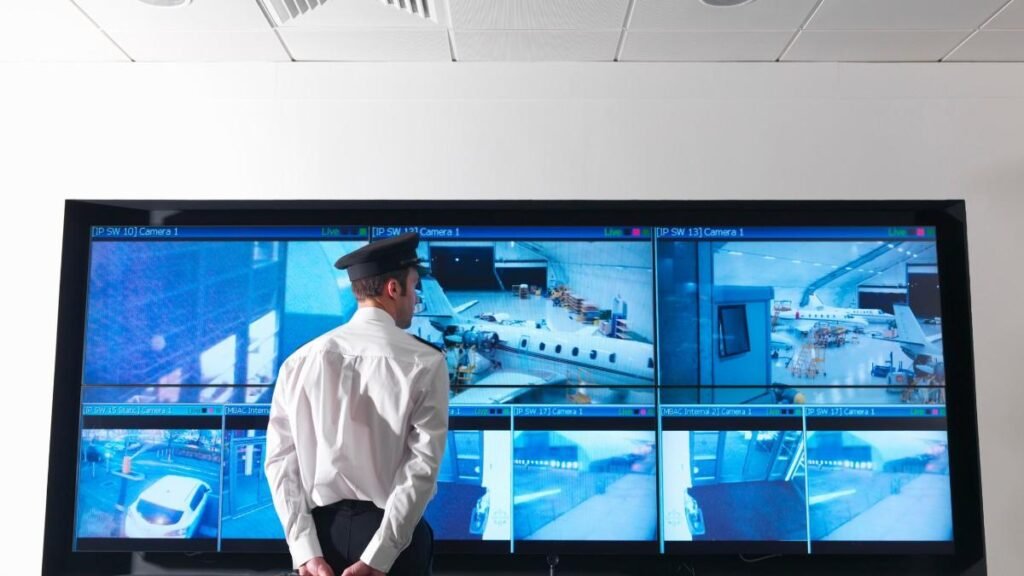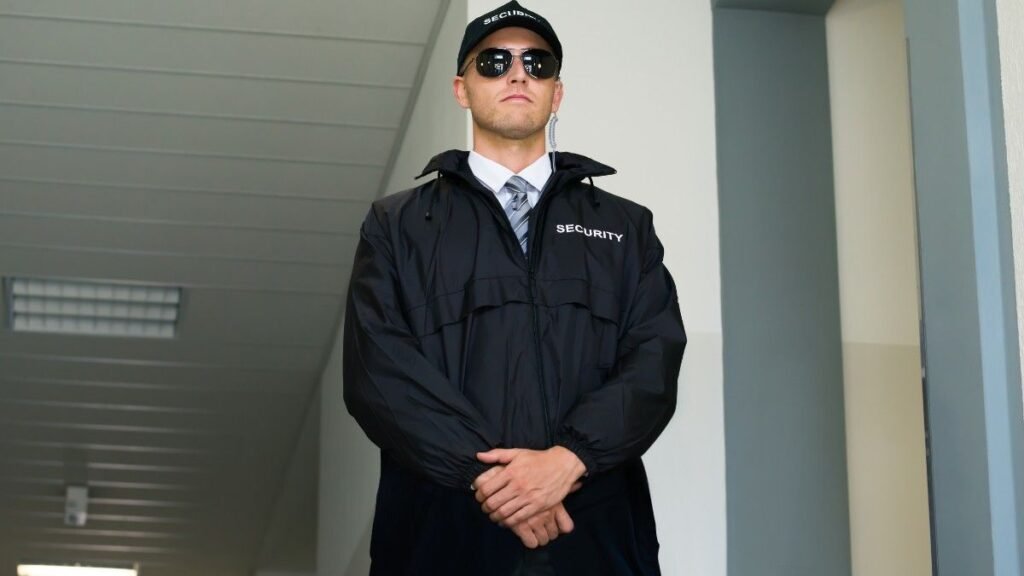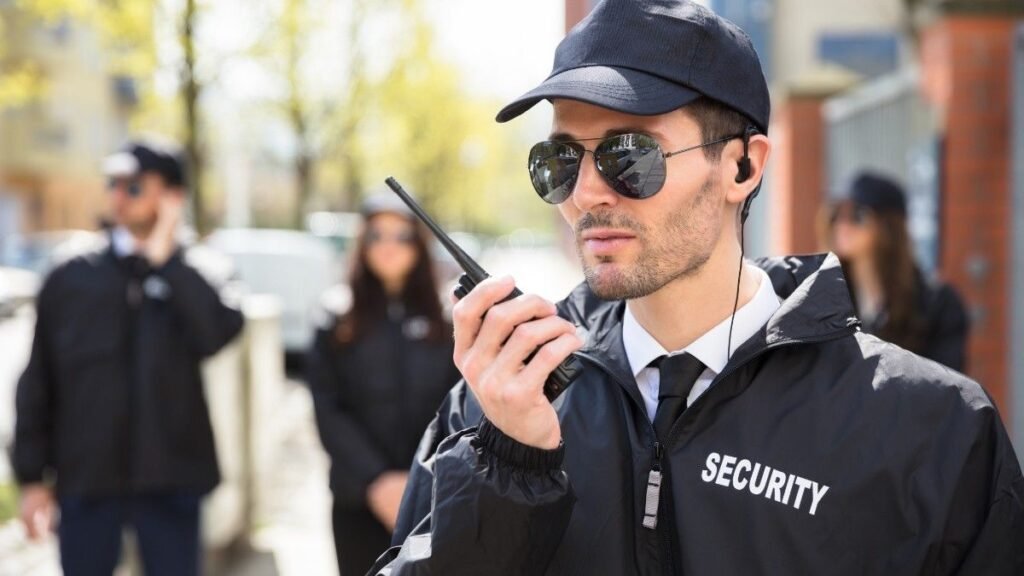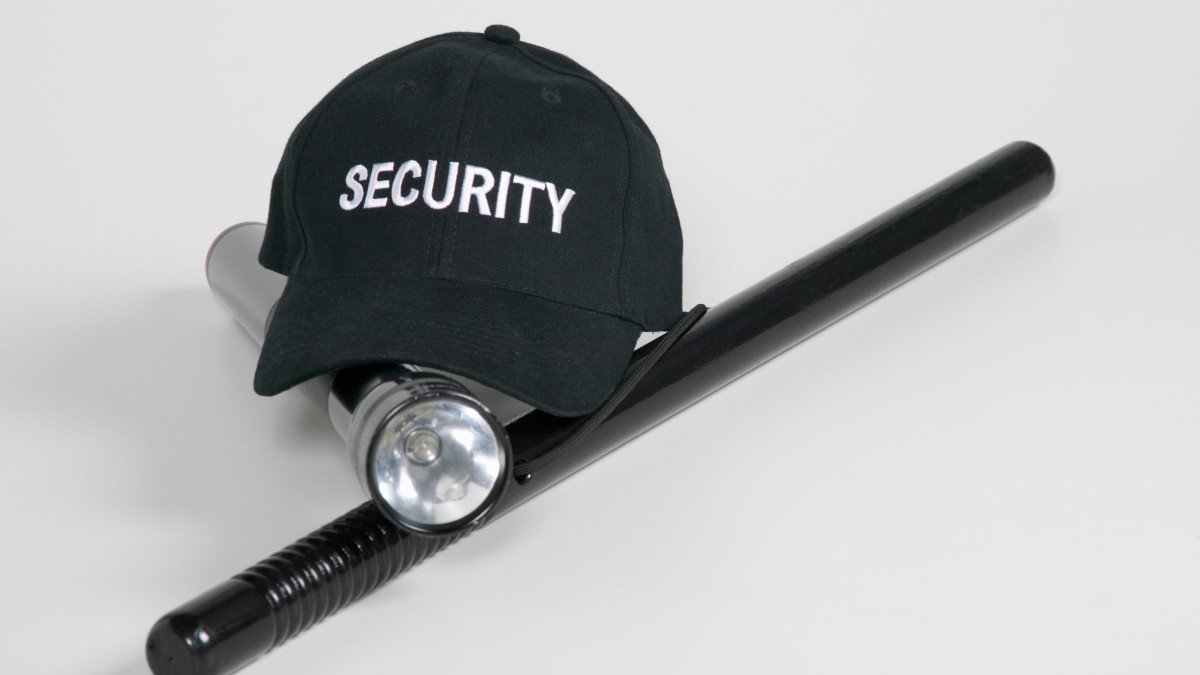Security guards are more than just a uniformed presence—they are the first responders, deterrents, and protectors in a wide range of environments. Whether stationed at a shopping mall, corporate office, residential complex, or high-risk facility, security guards play a critical role in ensuring safety and maintaining order. Their effectiveness, however, depends greatly on the gear they carry.
Just as a firefighter needs the right equipment to fight fires, security personnel need essential tools to respond swiftly, protect themselves, and assist others during emergencies. From communication devices to self-defense tools, the gear a security guard carries is a vital extension of their training and responsibility.
Professional Uniform and Footwear
Uniform: The First Impression
A security guard’s uniform is more than just attire—it conveys authority, professionalism, and visibility. A well-designed uniform includes:
- Durable, weather-appropriate clothing
- Company logos or badges for identification
- Reflective strips for night visibility
- Pockets for carrying tools and gear
Why it’s essential: A recognizable uniform acts as a deterrent, boosts public confidence, and provides legal clarity in case of incidents.
Footwear: Comfort Meets Functionality
Security personnel frequently stand for extended periods of time. High-quality tactical boots or supportive shoes are crucial for comfort, injury prevention, and mobility.
Key features to look for:
- Slip-resistant soles
- Steel toe (optional based on job risks)
- Waterproof and breathable material
- Cushioned insoles for long shifts

Two-Way Radio or Communication Device
Clear communication is vital in security operations. A two-way radio allows guards to:
- Report suspicious activity in real-time
- Coordinate with other team members
- Request emergency assistance quickly
Features to consider:
- Long battery life
- Noise-cancellation
- Strong range (especially in large facilities)
- Hands-free capability (e.g., earpiece or shoulder mic)
In some cases, smartphones with secure communication apps may be used, but they’re often a backup to reliable radios.
Flashlight (Even for Day Shifts)
A high-lumen, durable flashlight is a must-have for every security guard, even during daylight hours.
Why it matters:
- Illuminates poorly lit areas during patrols
- Can be used for self-defense or signaling
- Helps inspect suspicious items or dark corners
Pro tips:
- Choose LED flashlights with adjustable focus
- Look for impact resistance and water resistance
- Carry extra batteries or use rechargeable models
Duty Belt (Utility Belt)
A duty belt acts as a mobile toolkit, organizing and securing all the items a guard may need during a shift.
Common items carried on a duty belt:
- Flashlight
- Radio
- Pepper spray
- Baton (if authorized)
- Handcuffs
- First aid pouch
- Key clip or key holder
Features to look for:
- Modular design for customization
- Comfortable padding for long wear
- Durable materials like nylon or leather
A good belt allows a guard to move freely and respond quickly, with everything within reach.

Handcuffs (With Proper Authorization)
Handcuffs provide a safe method of restraint when dealing with potentially dangerous individuals or detaining suspects until police arrive.
Types of handcuffs:
- Chain-link (most common)
- Hinged (more restrictive)
- Disposable plastic restraints (for mass events)
Important notes:
- Use only if trained and legally authorized
- Always carry a handcuff key on your person
- Document and report any use of restraints
Handcuffs should be carried responsibly and used per local laws and company protocols.
Pepper Spray or Non-Lethal Defense Tools
In situations where de-escalation fails, non-lethal self-defense tools like pepper spray can be essential.
Benefits of pepper spray:
- Temporarily incapacitates without causing permanent harm
- Effective at a safe distance (usually up to 10 feet)
- Compact and easy to carry
Alternatives:
- Stun guns (legal in some areas)
- Tactical pens
- Personal alarms
Always check local laws, as some jurisdictions restrict the use of certain non-lethal weapons.
Notepad and Pen (Or Digital Equivalent)
Documentation is a core responsibility for most security guards. A physical notepad (or digital device) is essential for:
- Recording incidents
- Taking witness statements
- Logging patrol times and checkpoints
- Writing daily activity reports
Even in the digital age, a waterproof notepad and reliable pen can be lifesavers in wet or cold conditions.
Body Camera (Where Permitted)
Many security companies now issue body-worn cameras to improve accountability and protect both guards and the public.
Advantages:
- Provides visual evidence in disputes
- Deters aggressive behavior
- Aids in investigations and training
Key features to consider:
- Long battery life
- Secure data storage
- Tamper-proof design
- Infrared/night vision mode
Note: Guards must understand privacy laws and company policies before using cameras.
First Aid Kit
In an emergency, security personnel are frequently the first to arrive on the site. A compact first aid kit can be crucial for providing basic care before paramedics arrive.
Essentials include:
- Bandages and gauze
- Antiseptic wipes
- Gloves and a CPR mask
- Burn cream and cold packs
Guards should also receive basic first aid and CPR training, especially if stationed in areas with high foot traffic.

Identification and Licensing
All security personnel should carry valid identification and necessary licenses while on duty. This typically includes:
- Guard license or certification (state-specific)
- Company ID badge
- Emergency contact card
Why it’s critical:
- Confirms legal authority to act
- Helps in communication with law enforcement
- Enhances public trust
In some jurisdictions, guards must also display their badge or wear it visibly at all times.
Surveillance Tools (Optional/Specialized Roles)
For security guards in monitoring or investigative roles, additional gear may include:
- Binoculars for large outdoor events
- Walk through metal detectors or hand wands
- Portable video monitors
- Motion sensors or detection devices
These tools are often used in crowd control, event security, or specialized facility protection.
Personal Protective Equipment (PPE)
Especially in industrial or healthcare environments, security guards may need:
- Face masks or respirators
- Safety goggles
- Reflective vests
- Gloves
- Hearing protection
These items protect guards from exposure to hazards or contagious environments, and may be required by OSHA or other regulatory bodies.
Portable Traffic Control Tools
For guards managing parking lots, traffic, or crowd movement, having the right tools is essential.
- High-visibility vest
- Traffic cones
- LED wands or signal batons
- Whistles
These tools help with directing vehicles, ensuring pedestrian safety, and maintaining order in busy areas.
Digital Tools and Mobile Apps
Today’s guards may use a variety of digital tools to enhance efficiency and streamline reporting.
Popular mobile apps and tools:
- Incident reporting apps
- GPS patrol tracking
- Facial recognition software
- Digital attendance logs
Tablets or rugged smartphones are increasingly replacing paper-based logs in many modern security operations.
Backup Power or Battery Packs
If your shift relies on communication devices, lights, or mobile tools, then portable battery packs are a must.
Benefits:
- Keeps radios and phones powered throughout long shifts
- Ensures flashlights and body cams stay operational
- Provides emergency charging in power outages
Look for power banks with multiple ports and rugged construction.

